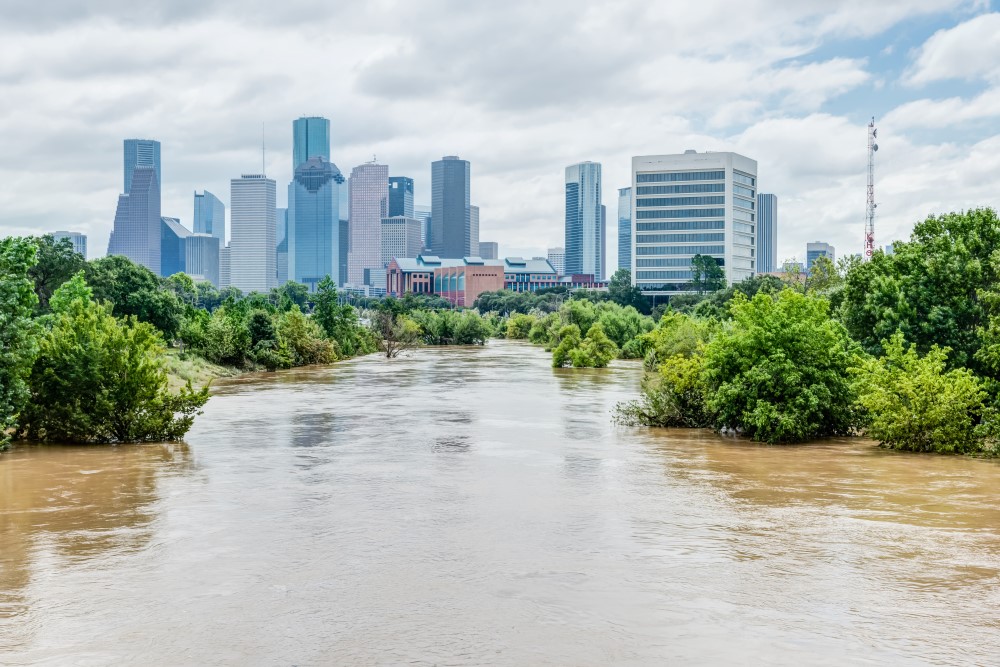Infographic: How climate change is impacting your supply chain

Although an organization may only own a handful of assets, most rely on long supply chains which depend on hundreds of assets including factories, power plants and office buildings. All parties in the supply chain, therefore, share the risks of damage to any of these assets, including those from climate risks such as flooding, drought and wildfire, which can lead to disruption, delay and loss of profitably.
Extreme climate events have increased in frequency, including this summer’s European heatwaves that caused chaos as they reached an all-time high – with shocking temperatures because of climate breakdown. The projected cost of environmental risks in supply chains is USD 120 billion by 2026.
Download the infographic to see how climate change is impacting your supply chain.
Why do organizations need to consider their supply chain’s climate risk?
Organizations can depend on hundreds of supply chain assets – and all of them are exposed to climate change. If the supply chain is broken or comes to a standstill due to a climate hazard, it can have an enormous impact on day-to-day business processes and operations. Getting an overview of how your organization’s supply chain could be impacted by the climate crisis is a crucial part of any sustainability strategy.
In the pharmaceutical industry for example, supply chain disruptions can put public health and safety at risk. We saw last summer how supply chains can delay or stop the production and distribution of medicines when they are in most need globally, with pharmacists being concerned about meeting medicine demand. And just recently, patients requiring repeat prescriptions of medicines such as Adderall found that key daily medicines were unavailable.
How does climate change disrupt global supply chains?
There are many factors to think about with supply chains. For example, drought and heat stress can halt production in water-intensive manufacturing processes and impact energy infrastructure. In August and September 2022, a combination of drought and heat waves caused water scarcity. This led to hydroelectric power being rationed in the South of China, shutting down factories in the manufacturing hub of Sichuan province major, and upending supply chains for the automobile and semiconductor industry.
Climate hazards, of increasing intensity, damage infrastructure and erodes resiliency. A lack of infrastructure inhibits trade routes and increases wait times, causing disruptions throughout the supply chain. In July 2021, flooding in Belgium, the Netherlands, and Germany increased late shipments between 26% and 32%.
There are so many stages in the supply chain that if even one or two assets are affected it can cause major delays. Consumers also lose out due to inflated costs being passed down by suppliers to compensate for profit-loss caused by delays. That’s why it’s important to look at the full picture of climate risk. With this insight, supply chain managers can make informed decisions that support the continuity of business activity, such as choosing a supplier with lower exposure to climate risk or putting contingency plans in place.
How to build climate intelligent supply chains?
Decision-useful climate risk data has been traditionally difficult to acquire from suppliers. However, organizations can access climate insight through Cervest’s climate intelligence (CI) product EarthScan™.
EarthScan provides ESG, Risk, and Supply Chain Managers with valuable granular climate risk insights about suppliers’ assets. It also enables organizations to screen their entire portfolio and supply chain for climate risks, identify critical risks and share with suppliers to minimize business disruption, support sustainability commitments and make contingency plans.
No company should be in the dark about its supply chain climate risk. By using Cervest’s climate intelligence, organizations can get the insights they need to adapt with climate change and build supply chain resilience.

Share this article
Our latest news and insights

Capgemini to embed Cervest climate intelligence into climate transition, adaptation and sustainability strategies for their clients
Read more
What is climate intelligence and why do businesses and governments need it?
Read more